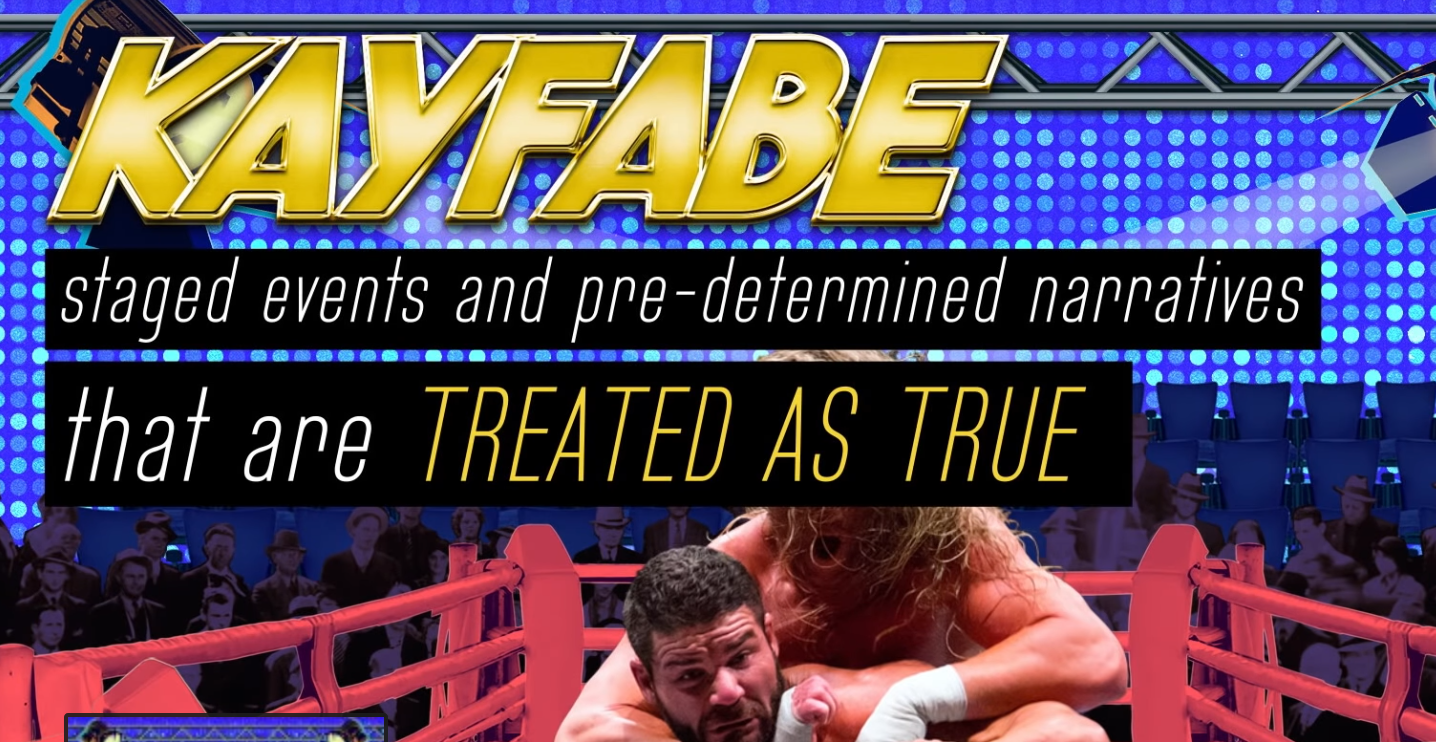
Advertising agency culture. The key to solving racism in the industry.
Let’s make it clear. Not every ad agency is racist.
Nor is every person at a shop that may commit racists acts is racist. Just like it would be wrong to say every male-heavy tech firm hates women.
Yet despite education and talent, certain groups can’t either make it in the door or move very far through the ranks with these firms. Many more simply leave in frustration. What we are talking about is why race has been an ignored and systemic problem in the industry.
In the wake of George Floyd’s death and protests, a lot of firms in media and advertising did their traditional “we think racism is bad” statements.
Nice. And thank you. However, for many current and former African American employees of these companies, watching these statements probably elicited groans and eye-rolling.
What gets many firms in trouble with these “we support racial equality” messages is that they instinctively reached out to their PR and social media team but didn’t check with their history and employees first.
People of color know the real day-to-day experiences of ad agencies and racism.
That’s why it feels like a slap in the face watching agency leadership give platitudes of support and inclusiveness. Statements where black employees’ personal experiences know the reality is different.
I also think that it is why many African Americans in the advertising industry are speaking up this time. Including the 600 professionals that put their names on a letter to the industry speaking out about systemic racism. I’m guessing they feel that by not calling it out this time, their silence would be taken as support. It’s one of the reasons why I’m more vocal on this issue than I normally would be.
This is combined with enough is enough.
Advertising is an industry that has faced controversy about race and hiring issues for decades. In that time it has had many chances to “support” minorities but still has little to show for it. Even now only 6.6% of African-Americans work at ad agencies. The ranks of African Americans that do make it into the door quickly drop off as seniority level increases all the way up to the C-suite where employees are 88% white.
Advertising and marketing firms are designed and paid handsomely to solve problems. And for, some reason, hiring talented minorities is a problem it hasn’t been able to solve for more than 30 years. Ad folks are smart people. Wickedly smart. People who know how to figure out how to get people to buy products and change their minds about issues.
With all that intellectual firepower, there’s a point where you have to ask yourself, maybe the problem isn’t being solved because people really don’t want to solve the problem. That or diversity conferences apparently must be cheaper or more beneficial than action.
Advertising professionals have well-publicized discussions and seminars about diversity. Year after year. They wouldn’t do that for a client problem.
Instead, some team would lock themselves in an office for two weeks and be showing the client an action plan soon after. Or if a client said, I want a diverse client team, the firm would find them, tomorrow. No chief diversity officers required. Which, in a quick micro rant, has always bothered me. If you have to hire someone whose job it is to help hire minorities, doesn’t that mean your HR system is broken?
Does advertising have blatant or intentionally hostile racism?
In most cases, no. In my experience at firms, I find its racism subtly infused, enabled and protected by culture. So let’s talk about culture.
What is culture?
Culture is our anchor for “what’s considered normal” in our environment. It is the habits and norms that people in a group or tribe do.
Culture’s true power over an organization and racism.
Steve Bannon once said that politics is downstream of culture. What he means is our cultural standards define the morals, values, and vision that will shape and direct how people make political decisions.
I’d argue that racism is downstream from culture. That the culture of an organization will eventually define its hiring practices. Because the culture is considered the norm or the standard. Problem is, culture is not a fact or a principle. It is merely a construct and a point of view. A fraternity or sorority has a culture. And when that Greek house or a company team shares or is indoctrinated in that specific point of view, you can create a workplace culture bubble the filters out other perspectives. However, that on its face is not immediately bad. This is why.
There are work cultures and there are social cultures. Work cultures can be that everybody in the office works 15-hour days and enjoys free lattes on Friday. The kind of stuff that is documented and put on the agency’s careers page. It’s clear and you know what to expect if you take the job. That’s not what we are talking about here. Here we are talking about social culture. The unspoken work experience standards.
These two different types of culture often get smashed together when the hiring managers say, “we want to see if you have the right cultural fit.”
Why is social culture important? This culture is the filter that defines who gets in but more importantly who gets to the top. This is not just for race. This includes issues that hinders womens’ roles in ad agencies and tech as well.
Agencies, like all organizations, have social cultures. Where I think agencies differ from their clients is that those social cultures are also part of their work product.
Agency people, especially as they become more senior, must interface with clients. So the agency team is also the agency’s product or client experience. And firms want their product to project a good experience. Many times that is making decisions that people on a team project a certain look, exude a certain socioeconomic background, or a way of speaking.
As a result, agencies want people and a culture that a client feels comfortable with and is comfortable giving money to. And sometimes that does include race. Especially if the client’s culture or a key individual client’s preferences hint that is an issue.
This does happen. I can tell of a story where a senior-level client, upon being shown a concept of Santa Claus in dreadlocks, got angry claiming Santa is white and then quickly devolved into a rant that if his son’s black roommate in college ever wore dreadlocks, he’d drive down to the school and cut them off.
The agency got the message. Not just about the concept.
The social culture at agencies seems to magically screen for certain things that have nothing to do with talent and more with presentation and what makes people internally and external clients feel comfortable.
How many overweight people do you see at an ad agency?
Over 30% of Americans are obese. So there are no obese people of high caliber who can do marketing?
Cultures, from bro companies to the recent stories about Refinery 29 can be seen making cultural decisions that signaled to others what cultural ideas were in and out. Take Refinery 29, where the editor-and-chief was recently ousted. A place where employees wouldn’t use black images except for Beyonce and a few other women of color the editor liked. Her decisions set and affirmed the organization’s view and/or comfort with a culture and different cultures. This rather than being a place open to variations that a more diverse society might bring in.
It’s a culture that can become a fertile ground for and indirect form of racism because it creates a narrow idea and filters what it believes is culturally acceptable. And it is subtle in its enforcement.
Don’t imagine a Saturday morning cartoon villain yelling out his devious plans about racism or giving a bold and hearty laugh as they execute them. It’s a hiring manager or boss making an internal decision that is more akin to asking “what sofa looks good in the living room?” They are looking for something based on how it matches the style or look of a certain environment. And guess what? They happen to be an “oak person.” So if you are a walnut sofa….
Over time, that agency has a lot of oak. It matches. Fit’s together. And we like the look. You were encouraged to add a walnut shelf at a conference. And, yea, it works, but you could take it or leave it. I know! Let’s get some more oak.
That was ad agencies and racism. Until now…
Then George Floyd came. And firms now grapple to get on the right side of this issue. And they are finding it hard. Most because their words today are so far divorced from their years of inaction. For any firm that puts out a statement about how they support our black employees or black lives matter, can be quieted with a single sentence…
“Great, let me see your stats on hiring.”
Others around marketing are stepping into do-do (that’s a technical term) as you can clearly tell the people trying to engage are overwhelmed and out of their league. Like if I had to give an impromptu lecture about nuclear fusion. Something I know nothing about. That would not go well.
But this isn’t nuclear fusion. It is about knowing something about 13% of the population that, unless you are really culturally isolated, should encounter often.
How can I hire you if I don’t know you?
That’s also part of the problem. Ad people, especially as income rises, increasingly have the wealth to live in communities and schools that keep them in that cultural bubble.
Money won’t cure the racism problem in advertising. Here’s what will.
For those trying to support black lives and causes, it’s nice that you give money. That’s quicker and you can write a good press release. But there is a solution that is cheaper. What BLM and others are asking for is to truly understand their pain, their situation.
Show that you are paying attention to racism, not just cash.
In the frantic need to fix the problem, I’d argue that culture has blinded agencies and companies to that focus. You are the problem because you really don’t know or care enough to honestly engage and solve the problem. Money or another conference with a better hook seems easier.
Here’s an analogy I hope makes you think about both you and minority worker’s experiences around culture and race and how to improve the experience.
In this time of racial unrest, agencies, you might try thinking of any race or culture as a language.
Languages speak about the same objects, people, and events, just in a different way from each other. The people who speak it know what you know, have the abilities you do, they may just use different words.
Sometimes when they try to talk to you, you may say, “can’t you just speak my culture’s language?” Or you might ignore their value because how they speak is not the way you would speak.
In the workplace, when something happens around that language or culture, you go to one of the few people who speak that language and say, “you know this language, how do you say this word?” What eventually frustrates the person who speaks the language is they feel they are becoming siloed or put on display as “the language expert” instead of the really great values and skills they offer and may get passed up.
When large social issues happen, you find yourself desperately struggling to try to communicate that you support those social issues. Never bothering to study those other languages or cultures, you find you have a limited vocabulary to engage.
Stringing words together with little understanding of meaning or context, you may say something unintentionally offensive or sound like you’re speaking gibberish.
To those firms struggling with the language, Get a good translator or, better yet, learn more about the language.






























